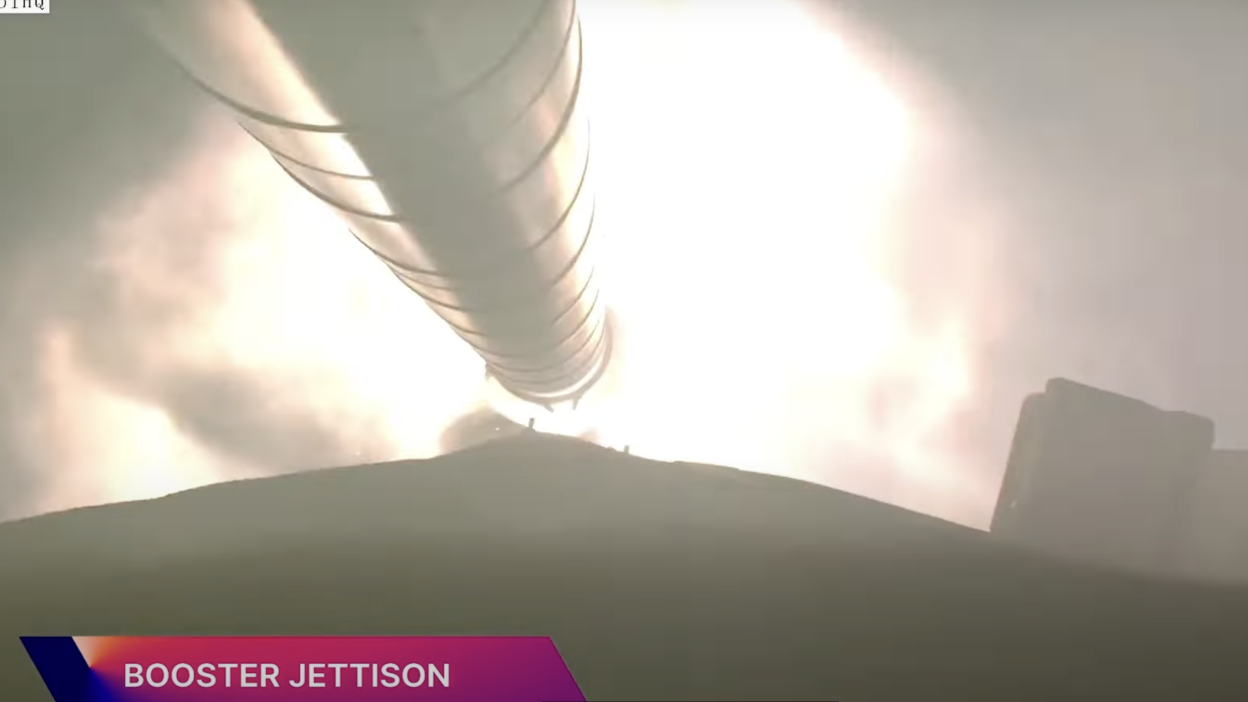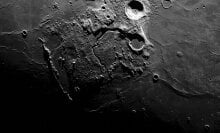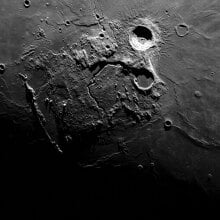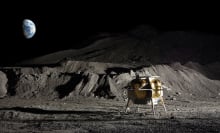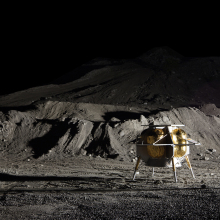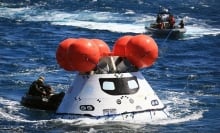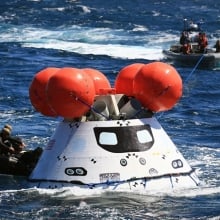In a historic launch, NASA's new Space Launch System (SLS) rocket blasted a spacecraft to the moon on Nov. 16, becoming the most powerful operational rocket around today. Its boosters create significantly more thrust than the legendary Saturn V rocket, which launched the first astronauts to the moon over 50 years ago. The space agency plans to use SLS to build a permanent presence on and around the moon.
NASA has released dramatic footage of the megarocket's recent flight into space, from a camera aboard the rocket. In the video below you can see events at just over two minutes into the journey from the Kennedy Space Center in Florida. Strapped to the side of the rocket's core orange-colored booster are two powerful, white side boosters. These are integral parts of the vehicle, because they provide 75 percent of SLS's thrust, or force pushing down against Earth, during the first couple of minutes that SLS speeds through the atmosphere.
But after they've spent their fuel, the boosters dramatically (though safely) blast away from the rest of the rocket, which includes the Orion spacecraft that sits atop SLS.
These two boosters, standing at 17 stories tall, are potent. "These are the largest solid boosters ever built," John Blevins, the chief engineer for NASA's SLS rocket, told Mashable earlier this year.
"These are the largest solid boosters ever built."
After the boosters fell away to the Atlantic Ocean, the rocket's orange booster, fitted with four RS-25 engines (which also powered NASA's Space Shuttles), continued to propel the SLS rocket beyond Earth. Eventually, the Orion spacecraft broke away from this last booster and blasted its own engines on a trajectory towards the moon.
On this mission, called Artemis I, there is no crew. But if the spacecraft successfully completes a complex series of orbits around the moon and then safely survives an extreme 5,000 degree Fahrenheit plummet through Earth's atmosphere, then future astronauts will fly on the next mission, Artemis II. Artemis II could fly as early as 2024. By 2025 (though likely later), astronauts may once again step foot on the moon.
Tweet may have been deleted (opens in a new tab)
Want more science and tech news delivered straight to your inbox? Sign up for Mashable's Top Stories newsletter today.
Artemis is NASA's mission to establish a permanent presence on the inhospitable lunar surface. NASA and commercial companies may one day harvest water ice for survival and making fuel there, allowing for the deeper exploration of space.
And SLS is the powerful "pickup truck" that will carry many of these missions — at least for the next decade or so — beyond Earth, and towards the moon.
